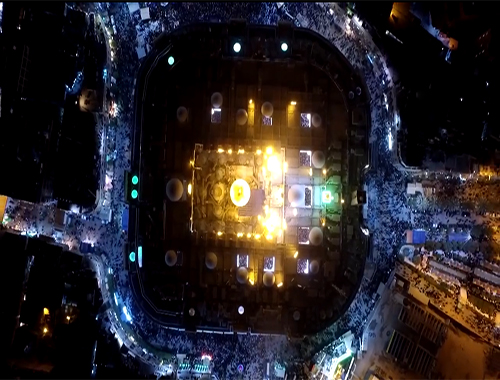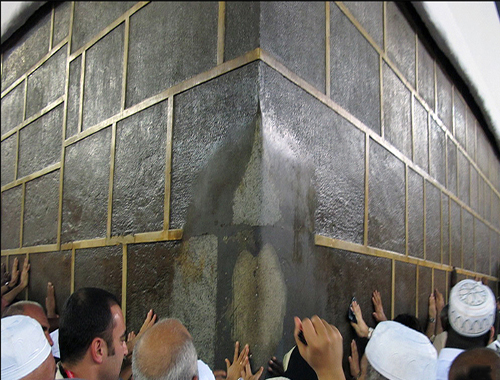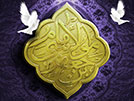Chapter 1-Beginning of Historiography Among the Shi’ites
- Details
- Hits: 2383
Chapter 1
Beginning of Historiography Among the Shi’ites
--------------------------------------------------------------------------------
The Shi‘ites began their work in the field of Islamic sciences concurrent with other Muslims. One of these branches of knowledge was history. Alongside the historiography movement in Iraq, the Shi‘ites also began their activities and cooperated in the writing and compilation of books on history. Apart from the IraqÄ« Shi‘ites[1] such as Abu Mikhnaf, HishÄm KalbÄ«, or persons like Ibn IshÄq who were influenced by the Shi‘ite current of Iraq, others belonging to the ImÄmÄ« Shi‘ite group also cooperated in the task of Islamic historiography.
Different issues related to the biography of Prophet Muhammad (S) and the history of the developments that had taken place in Iraq, were among the issues in which the Shi‘ites were truly interested, and by no means did they consider themselves separate from these developments. It was natural that in such a situation, Shi‘ite movements and movements inclined toward Tashayyu‘ or even those movements opposed to the Umayyuds were sometimes even more important for these historians than the biography of the Prophet (S), for they were witness to the fact that the account of the life of the Prophet (S) was at any rate being recorded by scholars of various other persuasions. What was more important for them were the news related to the Alawis and the Shi‘ite movements which could be distorted or lost if not recorded. Other developments, such as discussions concerning the history of the caliphs did not attract the attention of the Shi‘ites, since they did not see any link between their own history and the history of the caliphs, except of course, from a negative angle.
During the first centuries after the advent of Islam, historiography among both the Shi‘ites and Sunnis was confined to a specific event. But the important point is that, from among the Sunnis, Abu Ja‘far Muhammad bin JarÄ«r al-TabarÄ« took an innovative step by collecting in his encyclopaedic history most of the treatises whether big or small, which were available to him as the cultural heritage (of his sect). Such a project was not carried out by the Shi‘ites, and with the loss of the treatises dealing with specific aspects of the Islamic civilisation, an important part of the Shi‘ite historical heritage disappeared. Only a few samples survive, such as Waq‘at al-SiffÄ«n by Nasr bin MuzÄham and IbrÄhÄ«m bin Muhammad al-ThaqafÄ«’s al-GhÄrÄt, both written in the 3rd century. This extant material is indicative of the great importance for recording of historical developments.
After this initial period, Shi‘ite historiography became limited to a brief discussion on the biography and conduct of the Infallible Imams (‘a) as well as issues related to the Imamate. This situation continued until the re-establishment of a Shi‘ite government and the start of a new phase in the historiography of that government.
Notes:
[1] This particular group of Shi‘ites preferred Imam ‘AlÄ« (‘a) to caliph ‘UthmÄn and held the Ahl al-Bayt (‘a) as sanctified, but they did not believe in the principle of nass (divine-designation) concerning the Imamate. Though they narrated the merits of the Ahl al-Bayt (‘a), they accepted the first and second caliphs. They were neither ImÄmÄ«s nor Zaydis. The historian ‘AlÄ« ibn al-Husayn al-Mas‘udÄ« and the scholar Abu al-Faraj al-IsfahanÄ« belonged to this group.











